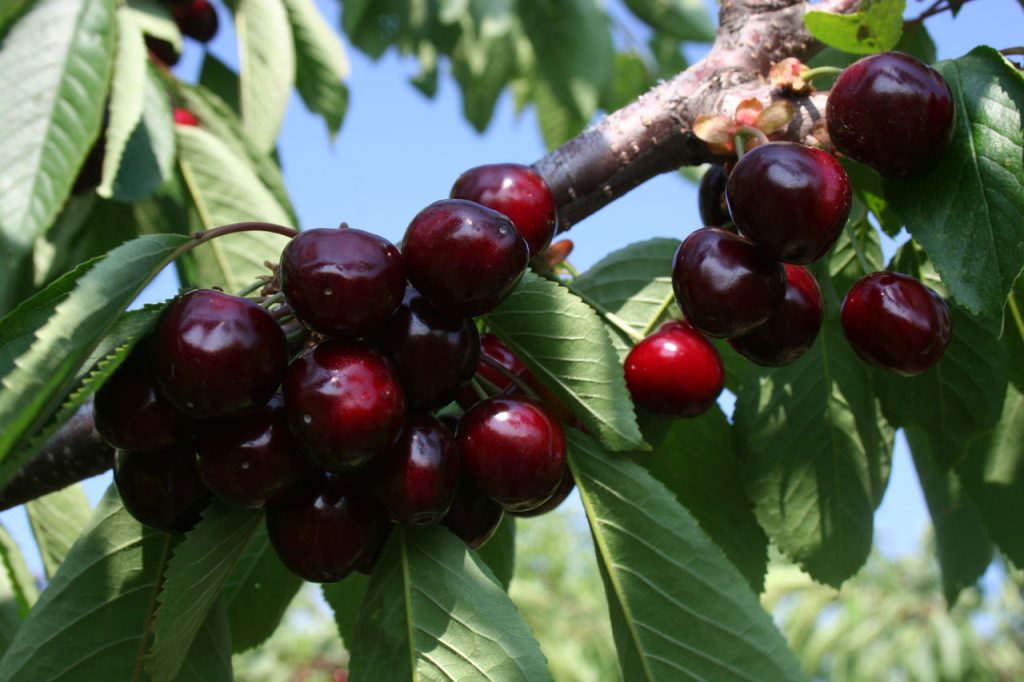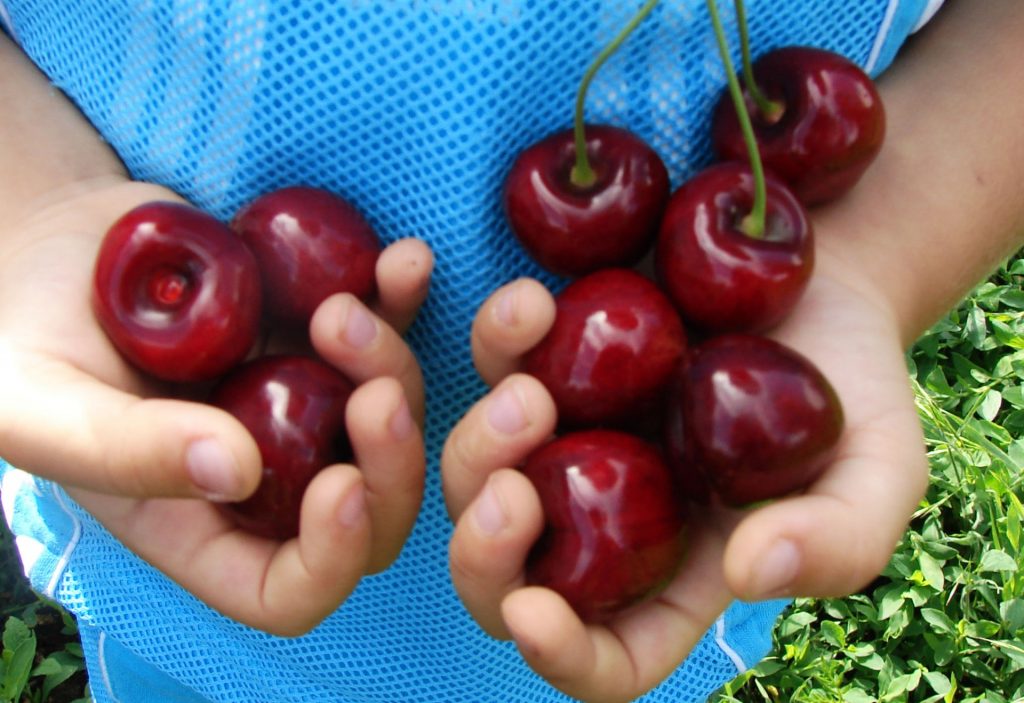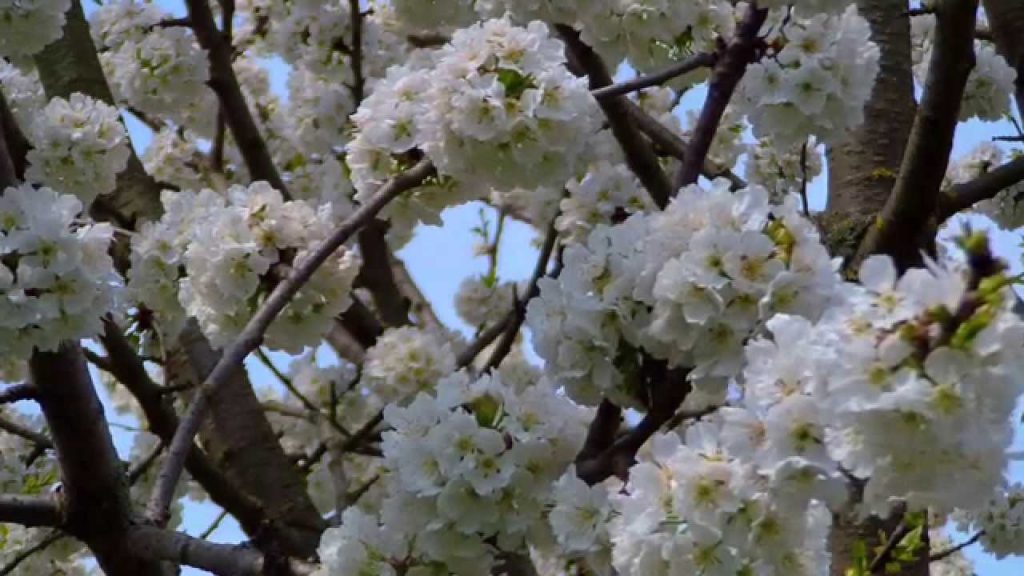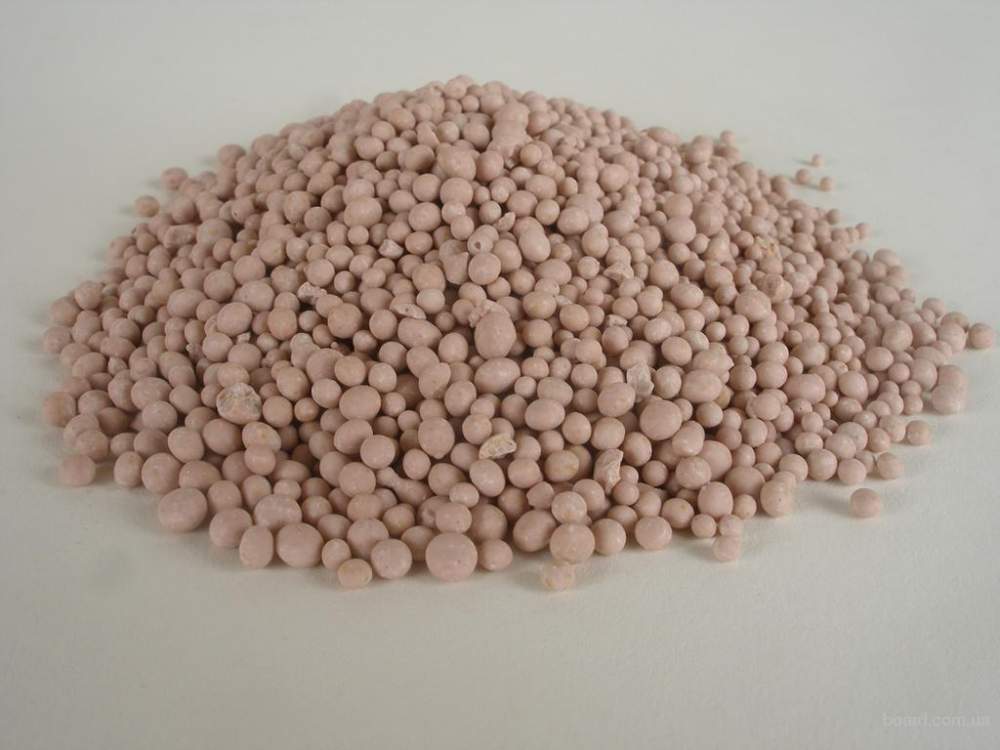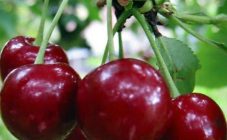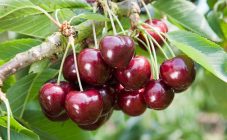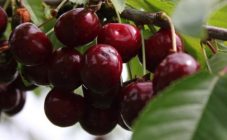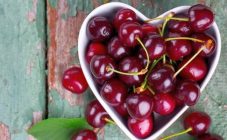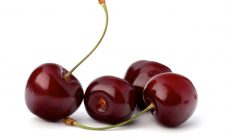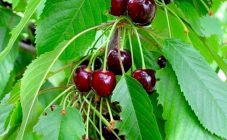The sweet cherry variety Napoleon is considered one of the oldest and, unfortunately, forgotten for many years. Today, its advantages, which more than cover the disadvantages, have forced winegrowers to reconsider their attitude towards this excellent fruit tree. In our country, it is grown not only in the southern regions, but also in the central part.
Sweet cherry Napoleon belongs to the bigarro group. It was bred more than one century ago by foreign breeders, came to us from the cities of Western Europe. In the southern regions of Russia, the Napoleon variety showed the best results.
Characteristics and description of the variety of sweet cherries Napoleon
Cherry variety Napoleon (black) begins to bring the first harvest quite late, 4-5 years after planting the seedling. Before fruiting, the fruit tree grows and develops rapidly.
An adult tree can reach up to 6 meters in height, since at one time it was grafted onto the vigorous form of the magalebka. The crone is characterized by a spherical shape, it is spreading. Begins to bloom profusely in late March - early April (varies depending on climatic conditions and region of growth). 2-3 flowers form an inflorescence, most of them are located on bouquet branches and the first 5 buds of young shoots.
The crop can be harvested in the middle or towards the end of June. The variety belongs to the bigarro group, and all fruit trees from this group are characterized by sufficient pulp density and thick rind. Taste is excellent - sweet-sour taste, dark pink color, heart-shaped characteristic, the weight of each berry can reach up to 7 g.
The fruit of the fruit tree is prized for its versatility of purpose. They can be used fresh or dried, frozen and winter preparations. It is widely used in traditional medicine, the culinary industry and cosmetology. The tasters rated the palatability 4.9 out of 5.
The frost resistance indicators are average, on wet soil and in the lowlands, the tree may freeze slightly. Therefore, the most favorable regions for growing Napoleon are southern. In one growing season, subject to all the rules of agricultural technology, as well as favorable environmental conditions, it is possible to collect up to 70 kg of berries from a tree.
The variety was declared self-fertile by breeders, i.e. third-party pollinators are not required for fruit formation. The life span is long, the tree can live for more than a century. Agricultural technology of cultivation
The plant is unpretentious in care, but this variety is very demanding on the composition of the soil. Like any sweet cherry, the Napoleon variety grows poorly in wetlands and poorly heated areas.
Thanks to the preliminary preparation of the pit, it will be possible to speed up the process of tree survival: you need to make drainage and apply organic fertilizers.
Basic landing rules:
- It is recommended to prepare a hole for a seedling in the fall, the soil must "stand".
- An adult tree is large in size, so the spacing between seedlings should be at least 3-4 meters.
- Rotted humus and mineral fertilizers should be added to the dug hole.
- It is advisable to use a tying peg during planting. Otherwise, the probability of barrel deformation increases.
- When planting, the root collar must be oriented to the south, it is necessary that it rises above the soil surface.
- After planting, the soil should be well tamped, and then watered abundantly with water.
Before the start of fruiting, the tree needs minimal care procedures: loosening, watering and weeding. More attention will be needed 3 years after disembarkation. First of all, it is necessary to fertilize with nitrogen-containing compounds in early spring. This is required for the growth of green mass. Combining nitrogen fertilizers with potassium-phosphorus fertilizers is strongly discouraged.
Basic rules for plant care:
- The fruit tree needs moderate but regular watering. Sweet cherry does not tolerate excess moisture. As the fruit tree grows and develops, the number of waterings is gradually reduced to three times.
- The soil should be mulched at the root system to facilitate weed control. It is recommended to plant green manure plants at the roots.
- After each watering, it is imperative to loosen to a depth of no more than 5-7 cm, otherwise the root system can be damaged.
- After harvesting, potash and phosphorus fertilizers must be added to the soil. This will have a beneficial effect on the formation of fruit buds next year.
- Top dressing with organic fertilizers can be carried out throughout the growing season. To do this, you can use diluted chicken manure or manure, humus and peat. On soils with a depleted composition, it is recommended to increase the frequency of fertilizing.
- Pruning should be done annually. In the spring, dry, frozen, non-fruiting branches are removed. The main task of autumn pruning is to form the correct crown shape. After pruning, the damaged areas must be treated with a solution of garden varnish, the pruning itself should be done with sharp and clean tools.
- For preventive purposes, tree irrigation is carried out in early spring using a mixture of Bordeaux liquid and copper sulfate.
Advantages and disadvantages
The sweet cherry variety Napoleon has a lot of advantages, which more than cover the disadvantages. Actually, thanks to them, the plant is becoming again in demand in Russia. Main advantages:
- Abundance of fruiting.
- The ability to transport fruits over long distances, excellent keeping quality.
- High resistance to fungal diseases.
- The versatility of fruit use.
- Marketable condition.
There is essentially one drawback: the average level of winter hardiness, it is recommended to grow in the southern regions.
